Charlotte, North Carolina—also known as “Queen City,” in honor of Charlotte of Mecklenburg-Strelitz, the queen consort to King George III when the city was founded back in 1768—often appears on lists of must-visit American cities, and for good reason. It’s home to an NFL franchise, countless major businesses, and world-famous barbecue. But for history lovers, Charlotte is also filled with sites dating back to the Revolutionary War, and a walk amongst its 18th-century streets is a great way to see old and new come together in a dynamic way.
Below, we’re taking you back in time via eight historic destinations in neighborhoods across Charlotte, each filled with museums, shopping, and dining that speak to Charlotte’s rich past, and its exciting future.
Uptown
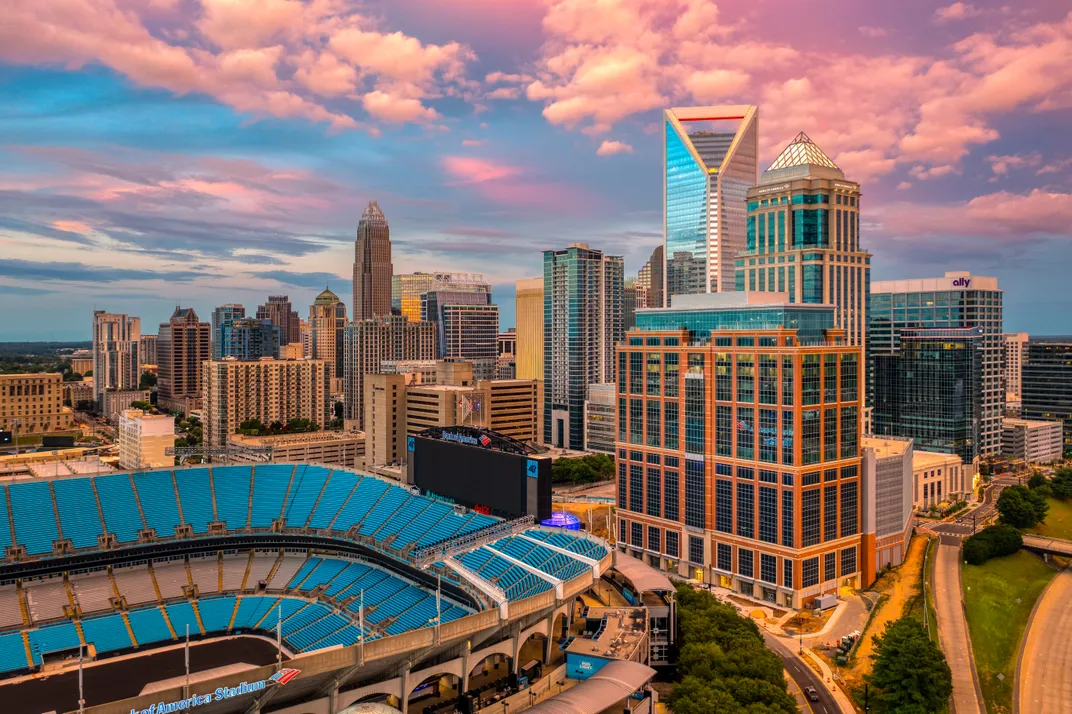
Uptown (part of Charlotte’s downtown core) is, quite simply, where it’s all happening. With views of the city’s skyline around every corner, and the LYNX light rail making it easy to zip between destinations, it’s the heartbeat of the city, where, as day turns to night, rooftop bars and cocktail lounges welcome residents and visitors alike. More than just a trendy city neighborhood, Uptown is also home to some of the oldest, and most historic, parts of Charlotte.
Charlotte Liberty Walk
A self-guided walking tour accessible to anyone with a smartphone, the Charlotte Liberty Walk highlights sites tied to Revolutionary War-era Charlotte, including a park named after the founder of Charlotte, Colonel Thomas Polk, and a plaque honoring the Mecklenburg Declaration of Independence; written and signed in North Carolina, it preceded the Thomas Jefferson-penned version by more than a year.
Harvey B. Gantt Center for African-American Arts + Culture
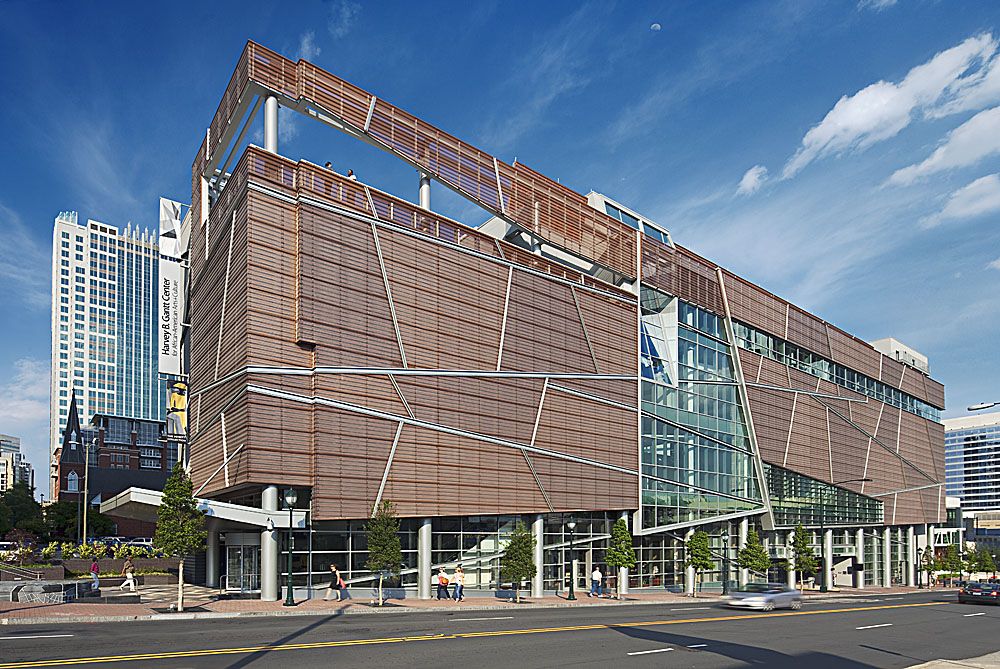
Opened in 2007, the Harvey B. Gantt Center for African-American Arts + Culture is part of a legacy honoring Black culture stemming from the 1960s civil rights movement and its impact on the University of North Carolina, Charlotte. Visitors can experience the 46,500-square foot center in Uptown’s Brooklyn neighborhood and take in exhibitions centered on Black artists from North Carolina and around the world. Additionally, the center offers robust programming with everything from painting and dance classes to rooftop yoga.
Mint Museum
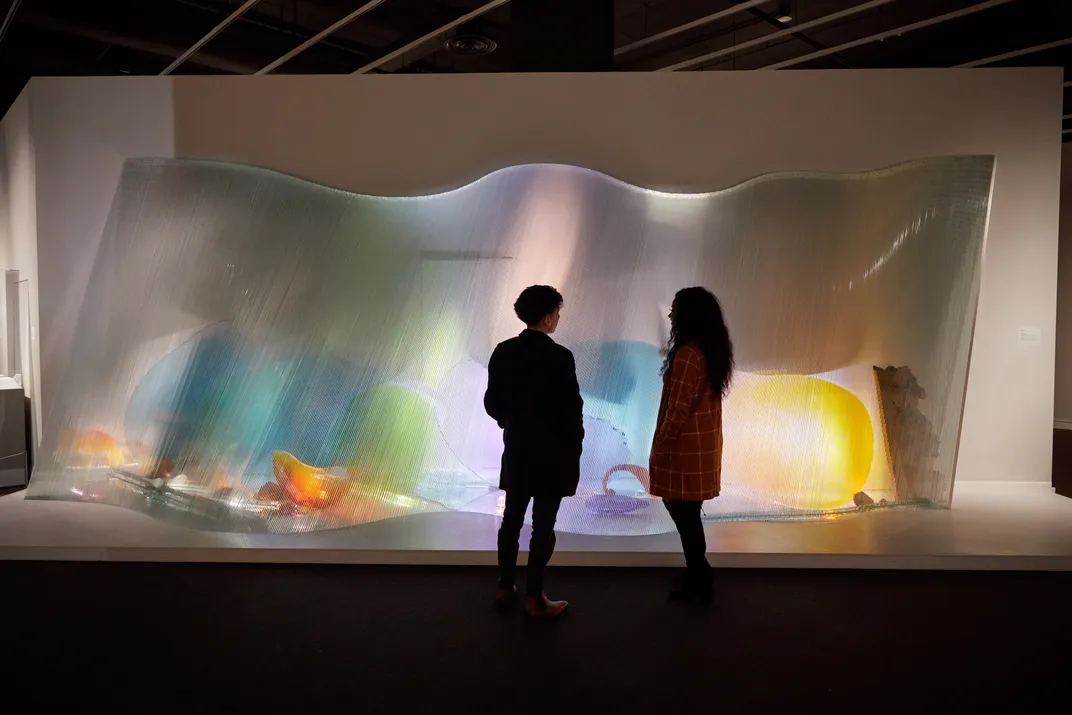
Once the Charlotte branch of the U.S. Mint (the first official Mint facility outside of Philadelphia), the Mint Museum building was designed by architect William A. Strickland and functioned as a Mint until 1861. The building served as a Red Cross headquarters during WWI and was slated for demolition in the years after the war. A grant from the Emergency Relief Administration enabled the transformation of the space into North Carolina’s first art museum in 1936, and today visitors can peruse the vast collections, which include Native American art and early American craft and design work.
Levine Museum of the New South
Who tells the story of history is an ever-evolving conversation, and nowhere is that conversation more riveting than in Charlotte. The Levine Museum of the New South brings museumgoers into that conversation, exploring the history and culture of North Carolina from the end of the Civil War to today. Through stories about agriculture and industrialization, the Civil Rights movement and urban renewal, visitors are invited to consider the ways in which understanding, empathy, and action have been at the center of life in Charlotte for centuries. With the Levine Museum's KnowCLT app, visitors can delve into the story of Charlotte's Brooklyn neighborhood, once the largest and most vibrant Black community in the Carolinas. Visitors can take a self-guided walking tour, or experience the neighborhood's history recounted by former residents via the app.
Camp North End
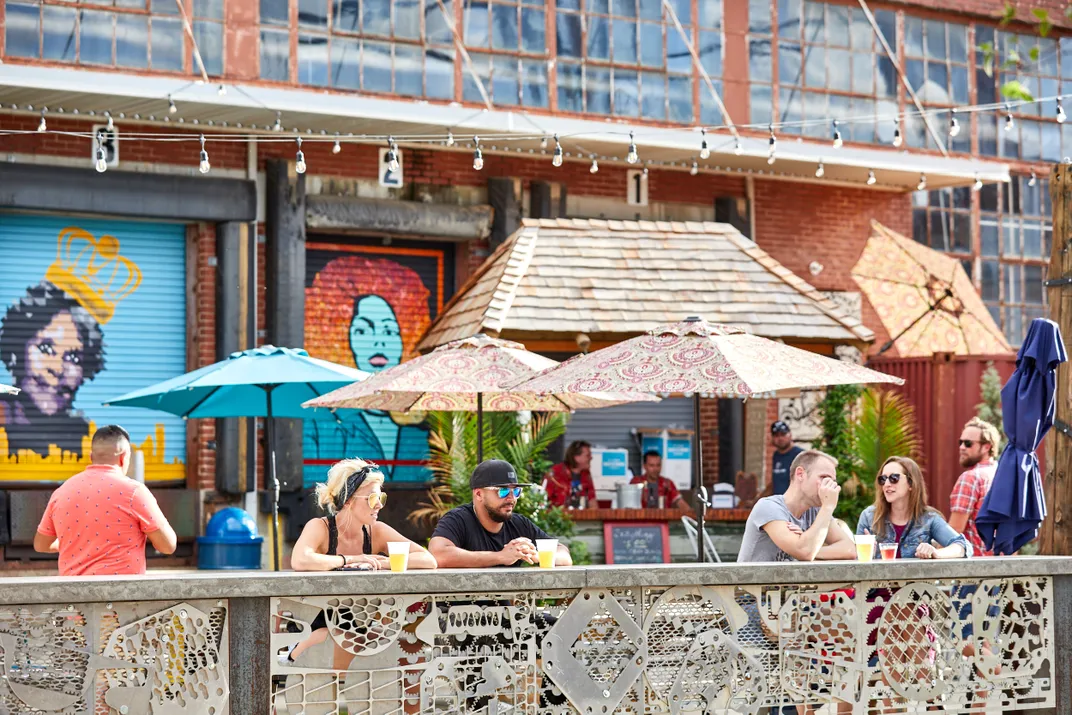
Designed by legendary Modernist architect Albert Kahn, Camp North End was once the site of Charlotte’s Ford Motor Company factory. At more than 200,000 square feet, coal-powered building allowed workers to assemble Model T and Model A cars until the Great Depression. During WWII the structure was a U.S. Army facility, facilitating the repair of crucial objects like typewriters and the distribution of uniforms and other essentials. Today, Camp North End is a hub of innovation in a city filled with it. Startups share space with breweries and coffee shops, and community gathering spaces are set amidst colorful murals done by emerging Charlotte artists. Visitors are encouraged to simply wander, stopping for snacks and taking in the excitement of a city building its own future.
North Davidson (NoDa)
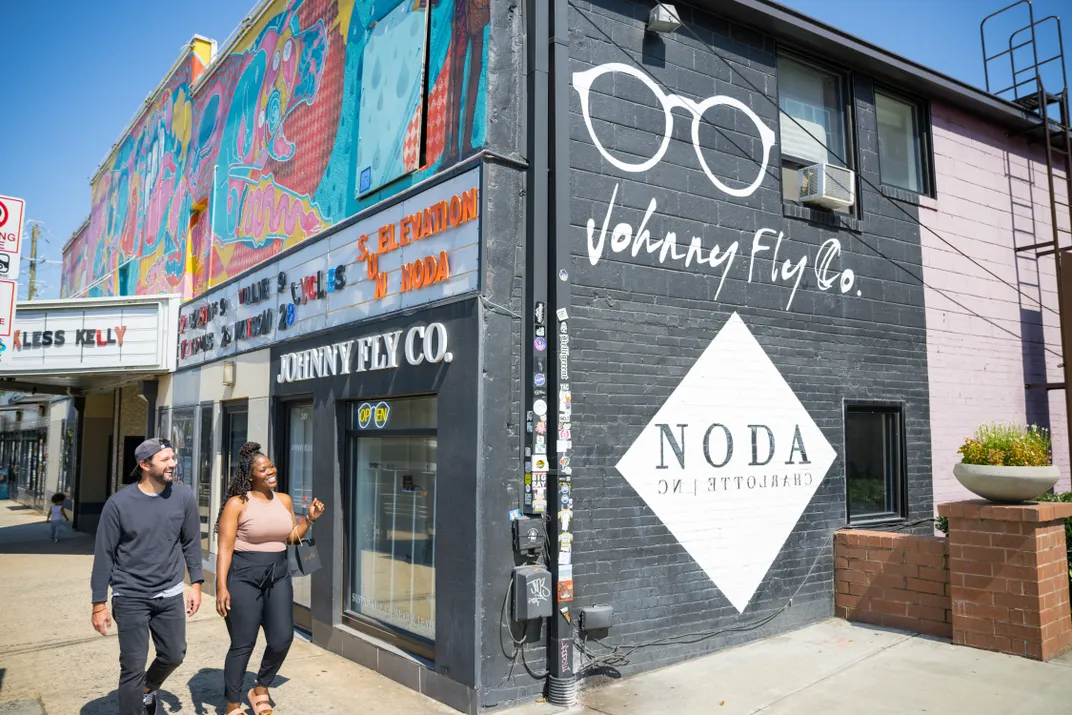
North of the city center, NoDa is amongst the coolest neighborhoods in Charlotte thanks to its deep roots as a center of arts and entertainment. Once a part of the city dominated by textile mills, it’s now home to galleries, performance spaces, and live music venues. Along with restaurants, coffee shops, and breweries, a day (or an evening) spent in NoDa is the best way to soak in Charlotte-made culture.
Optimist Hall

Built in 1892, Optimist Hall—known previously as Atherton Hill and Highland Park Gingham Hill—was Charlotte’s largest textile mill, and was constructed by South Carolina native Daniel A. Tompkins, whose company built hundreds of mills and worker housing structures all over the South.
Purchased in 2016 by Point Place Partners, Optimist Hall today is a food hall with attached office space for the city’s rising technology community. Dining options include everything from Indian street food to retro candy, and fried chicken to gelato inspired by the classic flavors of Southern cuisine.
South End
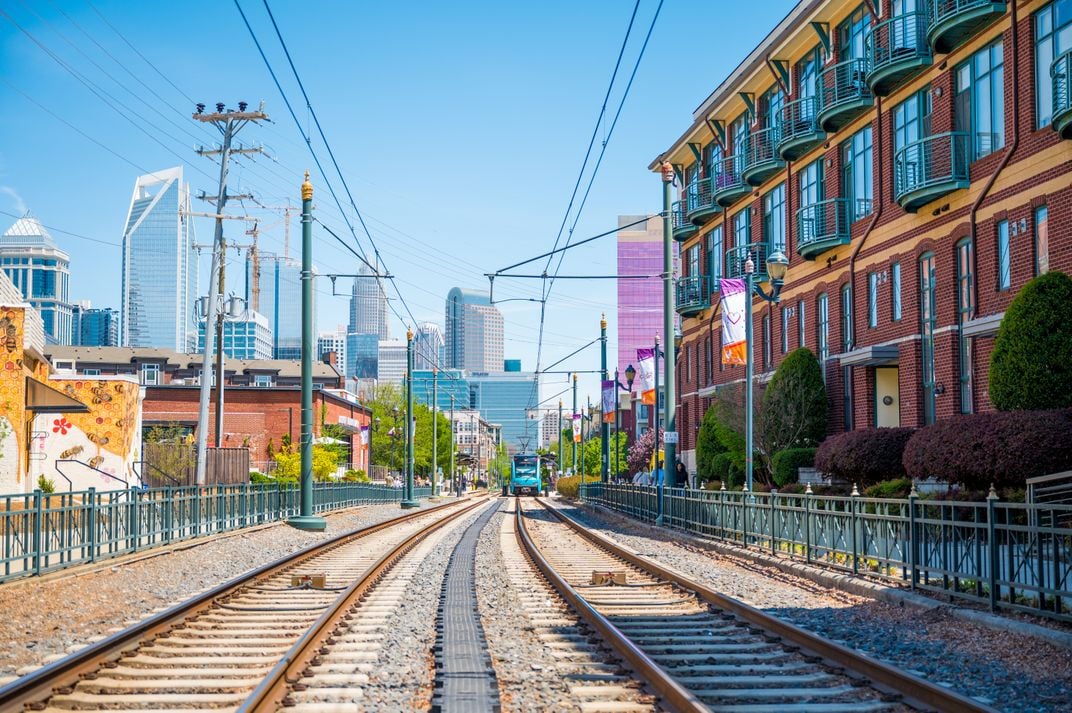
While people may think of California when they think of America's gold rush, that famous moment in time was predated by another gold rush right here in Charlotte. South End is a dynamic district just outside Uptown. In 1825 a local businessman discovered gold nuggets in the area, and later opened a mine that attracted immigrants from Europe, turning Charlotte—almost overnight—into a major world destination. The hunt for gold also inspired the construction of Charlotte’s first railroad, and today the area is home to creative industries like craft brewing, art, and food. It’s the perfect place to gallery-hop, taking in art made by Charlotte artists and enjoying lunch at one of the many up-and-coming restaurants. Don’t forget to snap photos of the elaborate murals that line the streets.


/https://tf-cmsv2-smithsonianmag-media.s3.amazonaws.com/filer_public/65/65/6565ba6b-0ee5-45a4-ada5-c4718b140cef/crva_030.jpg)